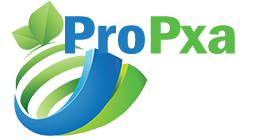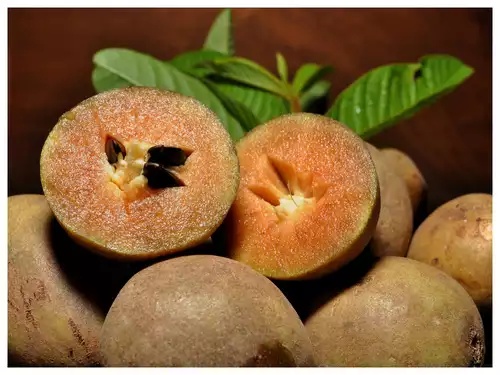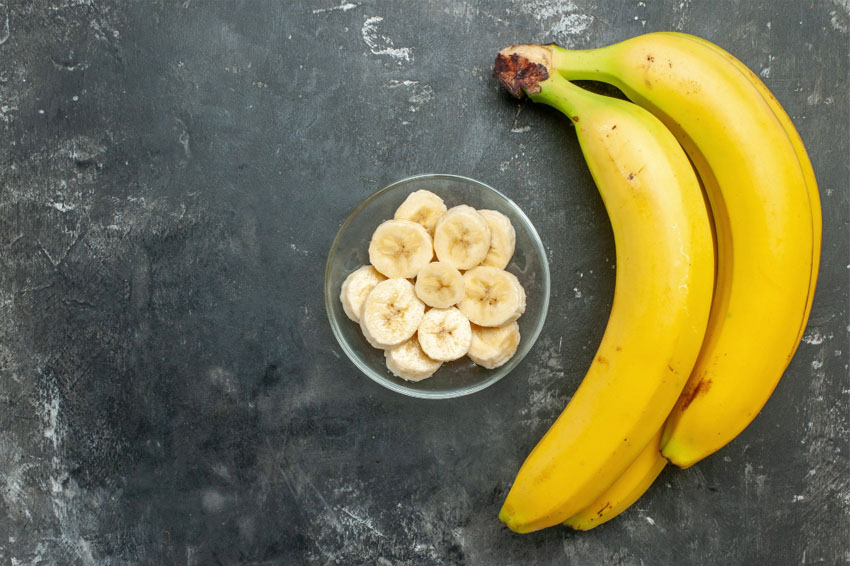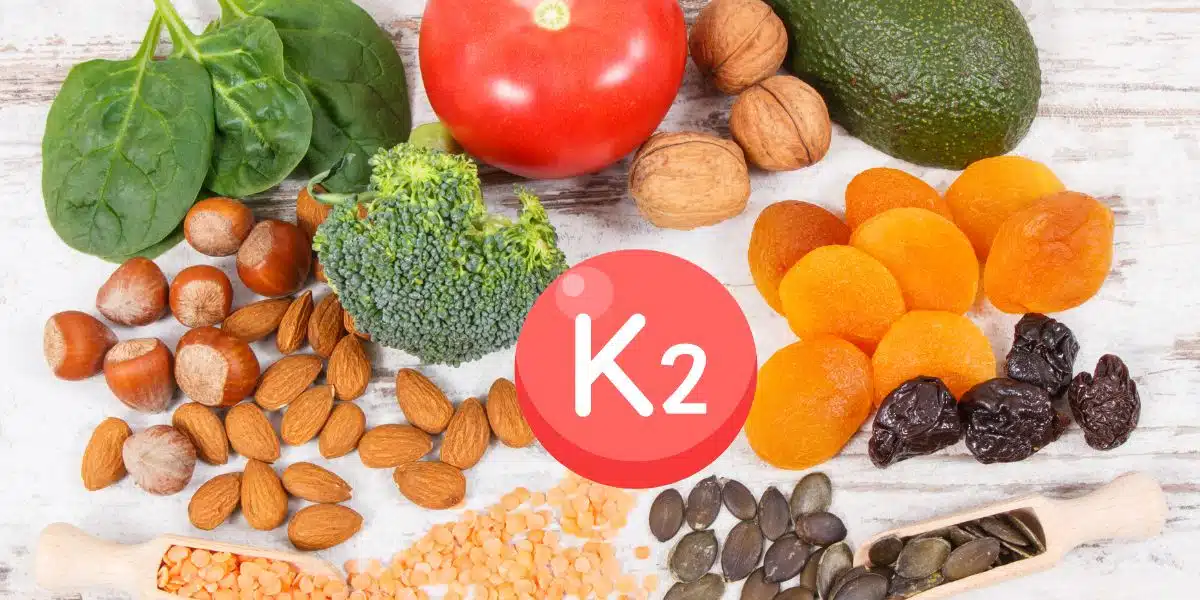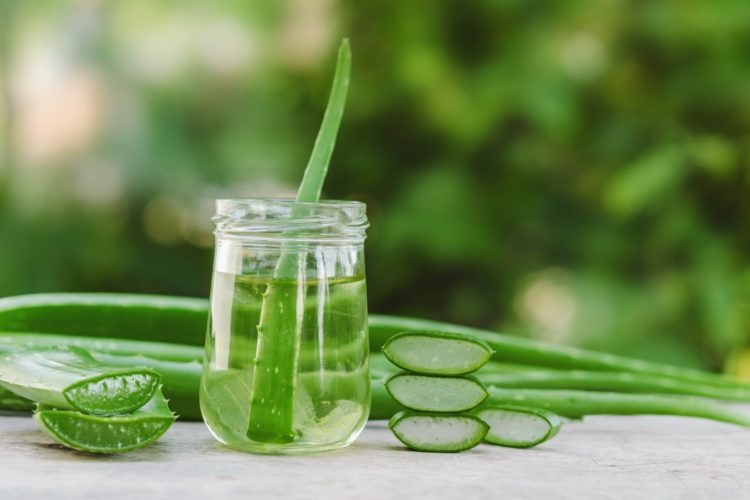Negative pressure wound therapy refers to the use of wound dressings that continuously or intermittently deliver sub atmospheric pressure to a wound’s surface. Many acute and chronic wounds are treated with negative pressure wound therapy, commonly known as vacuum-assisted wound closure. Additionally, it lessens the need for frequent dressing changes and pathogenic infection risk. It treats a wide range of chronic wounds, including diabetic, venous, arterial, and pressure ulcers.
In 2021, the negative pressure wound therapy market was USD 2.37 billion, and by 2030 it will be worth USD 3.92 billion, growing at a 5.7% CAGR during the forecast period.
An increase in the prevalence of both acute and chronic wounds will boost the global market for negative pressure wound therapy devices. Increasing awareness of the therapy will likely fuel market expansion throughout the forecast period since it promotes faster healing, lowers the risk of infection, and shortens hospital stays. Over the forecast period, market growth will be driven by the use of new technologies to enhance clinical outcomes. The rapidly aging population will also support market expansion.
Market Dynamics
Drivers
The rise in accidents and traumatic events, the rise in chronic wounds such as diabetic foot ulcers, and technological improvements in NPWT devices are some of the factors influencing the market’s overall growth.
The healing process for chronic wounds is slowed down by complications such as infection, ulceration, and poor blood flow. Vein ulcers, diabetic foot ulcers, and pressure ulcers are the three most prevalent types of chronic wounds. According to the International Diabetic Federation’s (IDF) 2022 report, there were 537 million individuals (20-79 years old) with diabetes. By 2030, there will be 643 million diabetics worldwide, and by 2045 this figure will reach 783 million.
Restraints
Negative pressure wound therapy has a variety of advantages, but there are also some drawbacks to utilizing it. Negative pressure wound therapy can result in complications such as bleeding, discomfort, infection, rupture, and, in rare circumstances, death within a short period of time. Additionally, when this therapy is used for extended periods, it lowers the quality of life, heightens anxiety, and causes malnutrition.
Opportunity
In-home care settings, the adoption of transportable and disposable NPWT models protects patients from reinfections that can result in potential amputations. Additionally, it eliminates hospital stay expenses and enables the patient to feel comfortable. A study found that the starting price for NPWT dressing for home care is about USD 90. As a result, government agencies are prioritizing the improvement in the manufacture of these NPWT models, which will cater to considerable market potential over time.
Market Segmentation
By product
On the basis of product, the NPWT market is segmented into conventional NPWT, single-use NPWT devices, and NPWT accessories.
The conventional devices segment held the largest market share of 88.0% in 2021 due to their high cost and expanding acceptance. Due to the usage of hefty canisters, such systems necessitate hospital admission and are inappropriate for homecare settings. Due to the low purchasing power in developing nations, these devices can be rented and purchased, which will enhance the utilization rate of NPWT.
During the forecast period, the single-use NPWT device sector will expand at a profitable CAGR. This is because they are widely applicable in settings for home care, which has encouraged big businesses to concentrate on enhancing their cost-effectiveness. In developing nations, this is an additional benefit for single-use NPWT devices.
By Wound Type
On the basis of wound type, the market is segmented into acute and chronic wounds.
The pressure ulcer segment led the market with the highest revenue share of 31.3% in 2021 due to extended treatment times. Patients with pressure ulcers must stay for extended periods when admitted to hospitals, which raises hospital expenses.
On the other hand, the diabetic foot ulcers segment is anticipate to register the greatest CAGR throughout the projection period. This is because of its enormous success rate in treating NPWT and the high prevalence of diabetes.
By End-User
On the basis of end-user, the market is segment into home care and hospitals & clinics.
In 2021, the hospital segment led the market with a revenue share of 52.5% due to the widespread usage of conventional devices in medical settings. The home care setting will expand fastest during the forecast period. With the emergence of single-use NPWT equipment, NPWT therapy is becoming more prevalent in homecare settings. These tools make therapy more affordable by removing the need for hospital stays when used at home.
Regional Analysis
North America ruled the entire market with a revenue share of nearly 38.9% in 2021 due to rising healthcare costs and well-established healthcare infrastructure. As a result, NPWT devices are now more widely use in hospitals and home healthcare settings.
The market in Asia Pacific will expand at a profitable CAGR. This is primarily owing to the rise in traumatic incidents like burns, fueling demand for therapy in this area.
Key Players
- Talley Group Ltd.
- ConvaTec Inc.
- Medela AG
- Smith & Nephew
- Lohmann and Rauscher GmbH & Co. KG
- Cardinal Health
- Mölnlycke Health Care AB
- PAUL HARTMANN Asia-Pacific Ltd.
- 3M Acelity L.P. Inc.
In 2021, the negative pressure wound therapy market was USD 2.37 billion, and by 2030 it will be worth USD 3.92 billion, growing at a 5.7% CAGR during the forecast period. The increasing rate of chronic and acute wounds linked to various ailments is one of the key factors fueling the growth of the Negative Pressure Wound Therapy Systems (NPWT) market.
The fast spread of the Coronavirus infection has prompted a worldwide pandemic. Setting off the disturbance of medical care administrations, including the clinical consideration of patients with wounds. Because of the need, the arrangement of wound care. Which should be see as a major clinical help, has moved definitely. During the pandemic, the significant goals of negative strain wound treatment moved from complete mending of wounds to staying away from serious inconveniences to limit a medical procedure and hospitalization. Because of the impact of the pandemic on significant makers.
Related Reports:
Coronary Stents Market Report – The global coronary stents market will witness a robust CAGR of 4.78%, valued at $8.56 billion in 2021, expected to appreciate and reach $13.03 billion by 2030, confirms Strategic Market Research.

